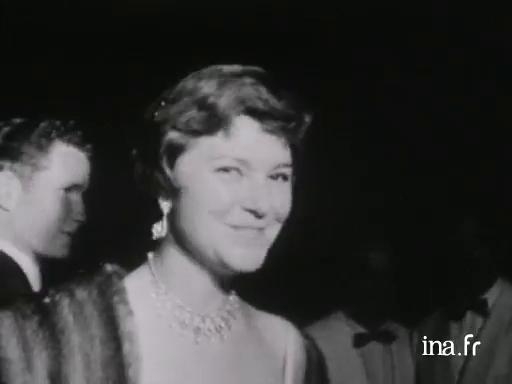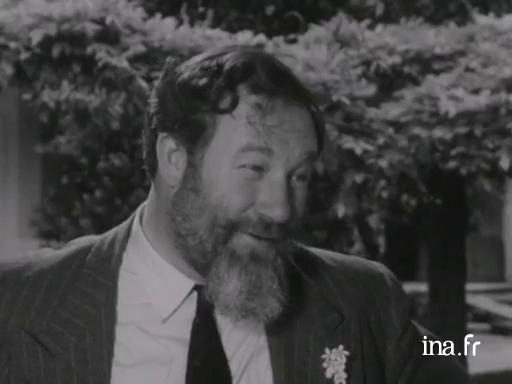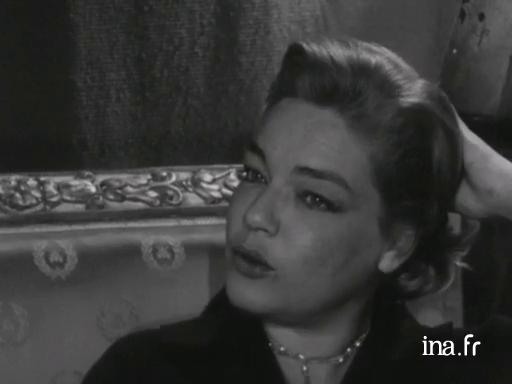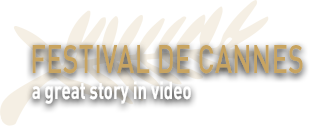
1952-1959: Celebrities, politics and the film world
Festivities
The Festival was first and foremost a tourist attraction and a showbiz event. Its legendary status was based on the endless parties, the stream of starlets parading on the beaches, the excesses, and the luxury. In 1952, the Spanish delegation visiting Cannes had top chefs in Madrid prepare a gigantic dish of paella to be flown to Cannes to serve to their guests. It arrived very late because the plane was blown off course by a violent storm. Such tales were lapped up by the journalists, who were now flocking to La Croisette in great numbers. A daily television programme was devoted to the Festival and the main radio station from the neighbouring principality of Monte Carlo came to cover the event, not forgetting the International press. The stories of the showbiz scandals in Cannes soon spread around the world, with the Simone Silva affair being one of the most tragic examples. In 1954, this starlet with a promising career ahead of her whipped off her bra and was photographed with Robert Mitchum's hands covering her breasts. When they returned to the United States, the two actors were hounded by American moral defence groups. Simone Silva was particularly targeted and the big film studios stopped offering her roles. Her career was destroyed and she sunk into depression before taking her own life not long afterwards. The following year, the Festival was the setting for a legendary love affair. Grace Kelly met Prince Rainier of Monaco during a visit to his palace. In 1956, the opening date of the Festival was postponed to allow the cream of society to attend the wedding.



The artistic aspect takes precedence
Although celebrity gossip continued to dominate the film world, the importance of the artistic aspect was growing at the Cannes Film Festival. In 1952, the selection committee was beset by controversy, the problem being that excellent films such as Golden Helmet or Forbidden Games were excluded from the competition. To resolve this problem, a "counter prize", which would become the Critics' Prize, was created to reward more original films. In 1954, the first Special Jury Prize was attributed to René Clément's film Knave of Hearts . The aim was to recognise the more daring filmmakers. Jacques Tati received the prize for My Uncle in 1958. Cannes was also a major outlet for Italian neo-realism which was in its heyday at that time. The master of the genre Vittorio De Sica was selected eight times and received the Grand Prix on his first selection for Miracle in Milan in 1951.



But diplomatic obstacles remain
For a few years, the competition was all about surrealism. Jean Cocteau was president in 1953, 1954 and 1957. During this period the least that can be said is that the prizes were very inventive. In 1953, La Red, a Mexican film, received the "International prize for the best film told through images". In 1956, Louise de Vilmorin invented a tailor-made prize for Smiles of a Summer Night by Ingmar Bergman entitled the 'Award for Poetic Humour'. It was in 1955 that the first Palme d'Or in the history of the Festival was attributed to Delbert Mann for his film Marty . But these new awards could not hide a more disturbing reality. Diplomacy still had a strong influence at the Cannes Film Festival in the fifties. In 1954 Jean Cocteau drew a little demon with the caption 'The Cannes Festival should be a no man's land in which politics has no place. It should be a simple meeting between friends.' But this was still impossible at that time. In 1956, the Festival decided not to present Night and Fog to avoid displeasing the German delegation. In 1959, another film by Alain Resnais, Hiroshima, My Love, was excluded from the competition, this time to keep the United States on side. Nevertheless, diplomatic pressure didn't always have the last word. In 1951 the Soviet delegation pushed for the exclusion of a Swiss film in 1951, but ultimately it was their film, New China, that was refused after being described as 'pure propaganda'. Therefore some hope remained for André Bazin's wish that the Festival would concern itself "a little less with parties and diplomacy, and a little more with film".

Jean Cocteau and Luis Bunuel about the jury at the Cannes Festival
Interview with Jean Cocteau, president of the jury, and Luis Bunuel, member of the jury at the 7th Cannes international film festival. Cocteau mentions the role of the jury and the 1954 selection, Bunuel talks about his visit to Cannes and the atmosphere of camaraderie in the jury.

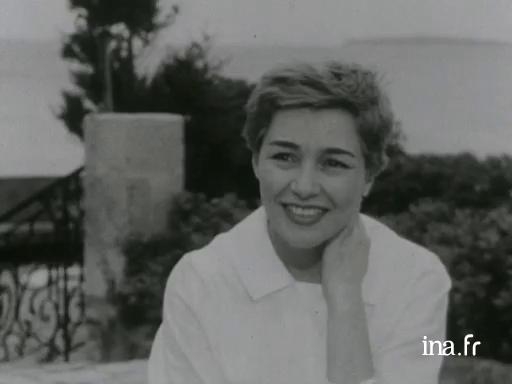
"The 400 Blows"
In 1959, the scandals were blown away by the first film hailing a completely new genre. With The 400 Blows, François Truffaut, who had made headlines the previous year in the Arts review with his announcement that the Cannes Film Festival was condemned, received the award for Best Film, and the festival goers enthusiastically hailed the natural presence and unaffected ease of the young Jean-Pierre Léaud. In the same year, the Film Market which was taking place unofficially in the cinemas of the rue d'Antibes became an official event that has increased the influence of the Festival ever since by creating a commercial context that facilitates meetings and exchanges between the global film industry's buyers and sellers. An extra source of hope for those with a passion for film as an art form, in 1959, French cinema escaped the clutches of the Ministry of Industry and became part of Ministry of Cultural Affairs.

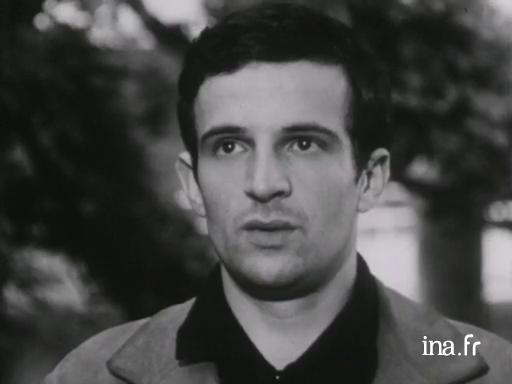
Related videos



Last preparations before the opening of the 1955 Festival and speech by Marcel Pagnol.
François Chalais comments on the opening of the eighth Cannes Festival: stroll behind the scenes at the Palais des Festivals, visit to the offices of the employees and the General Delegate, presentation of the television studio installed for the occasion. Then, the journalist presents the president of the jury Marcel Pagnol who talks about the role of the Festival de Cannes.









Last moments of the 1955 festival
Chronicle of the last days of the 8th Cannes festival: arrival of Marcel Carné, last evening at the palais des festivals, press conference with Stanley Kramer, photo session with the young American sex-bomb Dorothy Dandridge, finally it all ends with a firework.




